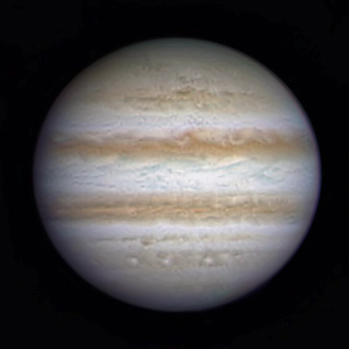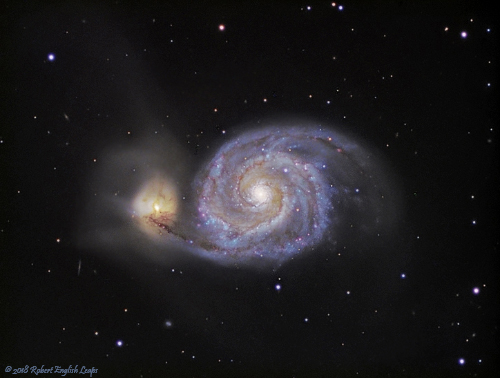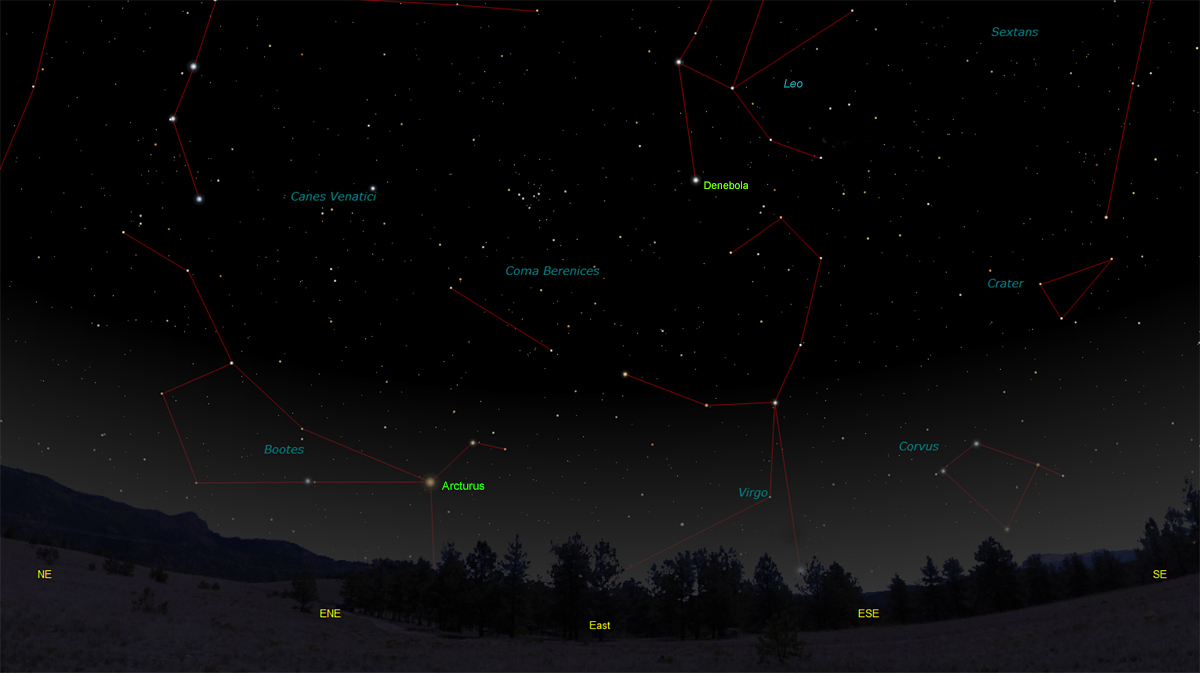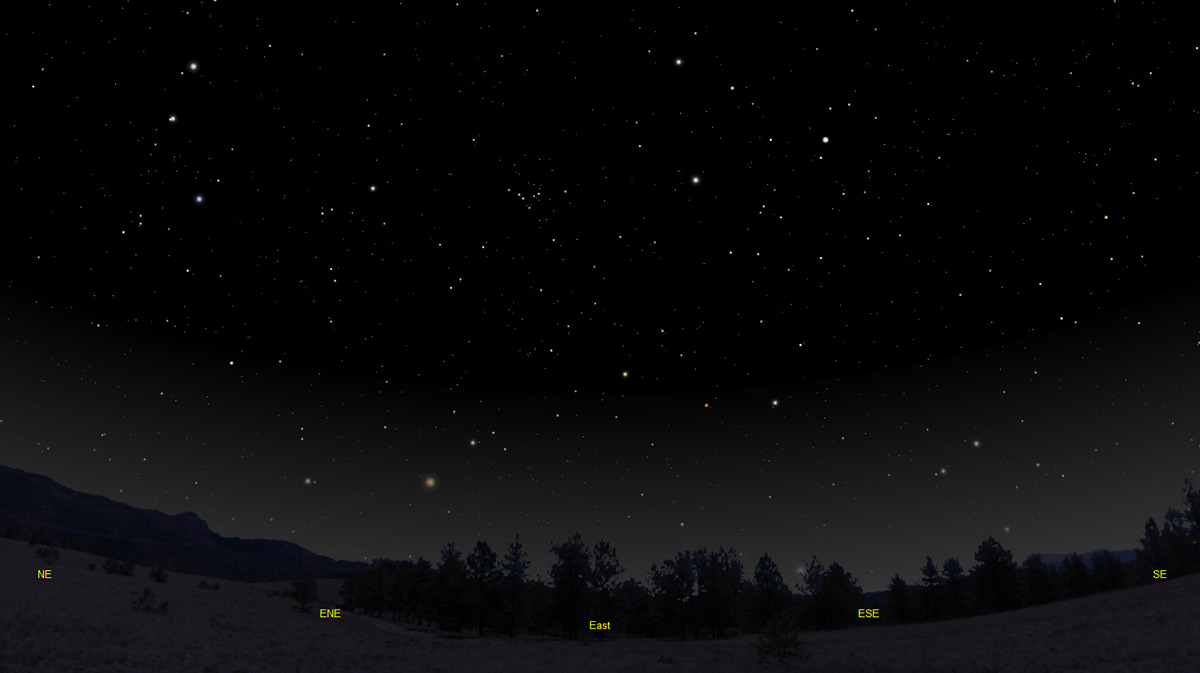The purpose of this feature is to give scout leaders, educators and naturalists an idea of some of the natural events coming up each month. We will try to cover a variety of natural events ranging from sky events to calling periods of amphibians, bird and mammal watching tips, prominent wildflowers and anything else that comes to mind. We will also note prominent constellations appearing over the eastern horizon at mid-evening each month for our area for those who would like to learn the constellations. If you have suggestions for other types of natural information you would like to see added to this calendar, let us know! Note: You can click on the hyperlinks to learn more about some of the featured items. To return to the Calendar, hit the "back" button on your browser, NOT the "back" button on the web page. All charts are available in a "printer friendly" mode, with black stars on a white background. Left clicking on each chart will take you to a printable black and white image. Please note that images on these pages are meant to be displayed at 100%. If your browser zooms into a higher magnification than that, the images may lose quality. Though we link book references to nationwide sources, we encourage you to support your local book store whenever possible.
Notes and Images From February 2018
It had been quite a while since I had seen and listened to this frog. We knew that the calling period peaked around the end of February, so we planned a trip west. The calls of these frogs can be heard from a mile away! We arrived late on the evening of February 25th, and were greeted by some terrific choruses! The calls sound downright prehistoric, which of course they are. The call is a deep descending snore - Wahhh! To hear what it sounds like being right beside a Crawfish Frog chorus, click here.
At right is one of the many Fox Squirrels that appeared near our camping spot. They are not shy, and appear to be very well fed!
Sky Events for March 2018: Daylight Savings Time begins on March 11th this year. The Spring Equinox, marking the beginning of spring in the Northern Hemisphere, occurs at 11:15am CDT on March 20th. Note that all times are for the central time zone. Those in the eastern time zone should add an hour to these times. Evening Sky: Mercury sets in the southwest around 6:32pm CST at the beginning of the month, or about 50 minutes after sunset. It shouldn't be that hard to spot after sunset, because it's only one degree away from bright Venus (to the right of Venus) on March 3rd. It's a great time to look for the little fleet-footed planet, and it just gets better as the month goes on. Mercury reaches its greatest height above the horizon around the middle of March. Venus sets in the southwest around 6:39pm CST at the beginning of the month. If you want to look at Venus with a telescope, try to look just as soon as it becomes visible against the bright twilight sky.
Morning Sky: Mars is in Ophiuchus this month. It rises about 1:36am CST at the beginning of the month. It's still very small telescopically, only about 6.7 seconds of an arc in apparent diameter. But Mars makes its closest approach to Earth in 15 years this summer. So stay tuned!Saturn is in Sagittarius this month. It rises about 2:45am CST at the beginning of the month. You'll get your best telescopic views just before dawn.
Constellations: The views below show the sky looking east at 9:30pm CDT on March 15th. The first view shows the sky with the constellation outlines and names depicted. Star and planet names are in green. Constellation names are in blue. The second view shows the same scene without labels.
The bright star
Arcturus, in
Bootes, the Herdsman, makes its
appearance this month in the early evening sky, a sure sign that Spring is here.
Virgo clears the horizon this month
along with
Corvus, the Crow. The area
of sky encompassing
Leo, Virgo and
Como Berenices marks the heart of the great Virgo cluster of galaxies.
In the early morning hours Virgo will have risen high enough in the sky to
search for the many bright galaxies that are in this region.
Messier 104,
in southern Virgo just above Corvus, is one of the easier galaxies to spot in
binoculars. Even so, you will need a dark and moonless night to be
successful.
As Ursa Major rises, you may want to track down the faint glow of
the great spiral galaxy Messier 51, the Whirlpool Galaxy. The
Whirlpool Galaxy is interacting with another small galaxy seen to the left
of it in the image above. In small telescopes you can just make out the
two brighter cores of the two, but in larger scopes you can trace out the
faint spiral arms.
On Learning the Constellations : We advise learning a few constellations each month, and then following them through the seasons. Once you associate a particular constellation coming over the eastern horizon at a certain time of year, you may start thinking about it like an old friend, looking forward to its arrival each season. The stars in the evening scene above, for instance, will always be in the same place relative to the horizon at the same time and date each March. Of course, the planets do move slowly through the constellations, but with practice you will learn to identify them from their appearance. In particular, learn the brightest stars (Like Arcturus and Denebola in the above scene looking east), for they will guide you to the fainter stars. Once you can locate the more prominent constellations, you can "branch out" to other constellations around them. It may take you a little while to get a sense of scale, to translate what you see on the computer screen or what you see on the page of a book to what you see in the sky. Look for patterns, like the stars of Corvus the Crow.The earth's rotation causes the constellations to appear to move across the sky just as the sun and the moon appear to do. If you go outside earlier than the time shown on the charts, the constellations will be lower to the eastern horizon. If you observe later, they will have climbed higher. As each season progresses, the earth's motion around the sun causes the constellations to appear a little farther towards the west each night for any given time of night. The westward motion of the constellations is equivalent to two hours per month. Recommended: Sky & Telescope's Pocket Star Atlas is beautiful, compact star atlas. A good book to learn the constellations is Patterns in the Sky, by Hewitt-White. You may also want to check out at H. A. Rey's classic, The Stars, A New Way to See Them. For skywatching tips, an inexpensive good guide is Secrets of Stargazing, by Becky Ramotowski. A good general reference book on astronomy is the Peterson Field Guide, A Field Guide to the Stars and Planets, by Pasachoff. The book retails for around $14.00. The Virtual Moon Atlas is a terrific way to learn the surface features of the Moon. And it's free software. You can download the Virtual Moon Atlas here. Apps: We really love the Sky Safari 6 Pro. It is available for both iOS and Android operating systems. There are three versions. The Pro is simply the best astronomy app we've ever seen. The description of the Pro version reads, "includes over 100 million stars, 3 million galaxies down to 18th magnitude, and 750,000 solar system objects; including every comet and asteroid ever discovered." For upcoming events, the Sky Week application is quite nice. Available for both I-phone and Android operating systems. Included with Sky Safari 6.A nother great app is the Photographer's Ephemeris. Great for finding sunrise, moonrise, sunset and moonset times and the precise place on the horizon that the event will occur. Invaluable not only for planning photographs, but also nice to plan an outing to watch the full moon rise. Available for both androids and iOS.
Amphibians: By the end of February this year we've heard Upland Chorus Frogs, Spring Peepers, American Toads, Crawfish Frogs and Southern Leopard Frogs. In West Tennessee, Tennessee Amphibian Monitoring Program volunteers have already heard Crawfish Frogs give their loud snoring calls. Towards the end of the month listen for Pickerel Frogs doing their "yeeooow" call. Remember that on mild nights you may find frogs and toads out foraging that you do not hear until later in the season. On warm days listen for early treefrogs, like Cope's Gray Treefrog, and for early Eastern Cricket Frogs. We've seen Eastern Cricket Frogs out foraging already, thoough they were not calling. Recommended: The Frogs and Toads of North America, Lang Elliott, Houghton Mifflin Co. Archives (Remember to use the back button on your browser, NOT the back button on the web page!)
Natural Calendar February 2016 Natural Calendar December 2015 Natural Calendar November 2015 Natural Calendar November 2014 Natural Calendar September 2014 Natural Calendar September 2013 Natural Calendar December 2012 Natural Calendar November 2012 Natural Calendar September 2012 Natural Calendar February 2012 Natural Calendar December 2011 Natural Calendar November 2011 Natural Calendar September 2011 Natural Calendar December 2010 Natural Calendar November 2010 Natural Calendar September 2010 Natural Calendar February 2010 Natural Calendar December 2009 Natural Calendar November 2009 Natural Calendar September 2009 Natural Calendar February 2009 Natural Calendar December 2008 Natural Calendar November 2008 Natural Calendar September 2008 Natural Calendar February 2008 Natural Calendar December 2007 Natural Calendar November 2007 Natural Calendar September 2007 Natural Calendar February 2007 Natural Calendar December 2006 Natural Calendar November 2006 Natural Calendar September 2006 Natural Calendar February 2006 Natural Calendar February 2003 Natural Calendar December 2002 Natural Calendar November 2002 Nature Notes Archives: Nature Notes was a page we published in 2001 and 2002 containing our observations about everything from the northern lights display of November 2001 to frog and salamander egg masses. Night scenes prepared with The Sky Professional from Software Bisque All images and recordings © 2018 Leaps.
|
|






